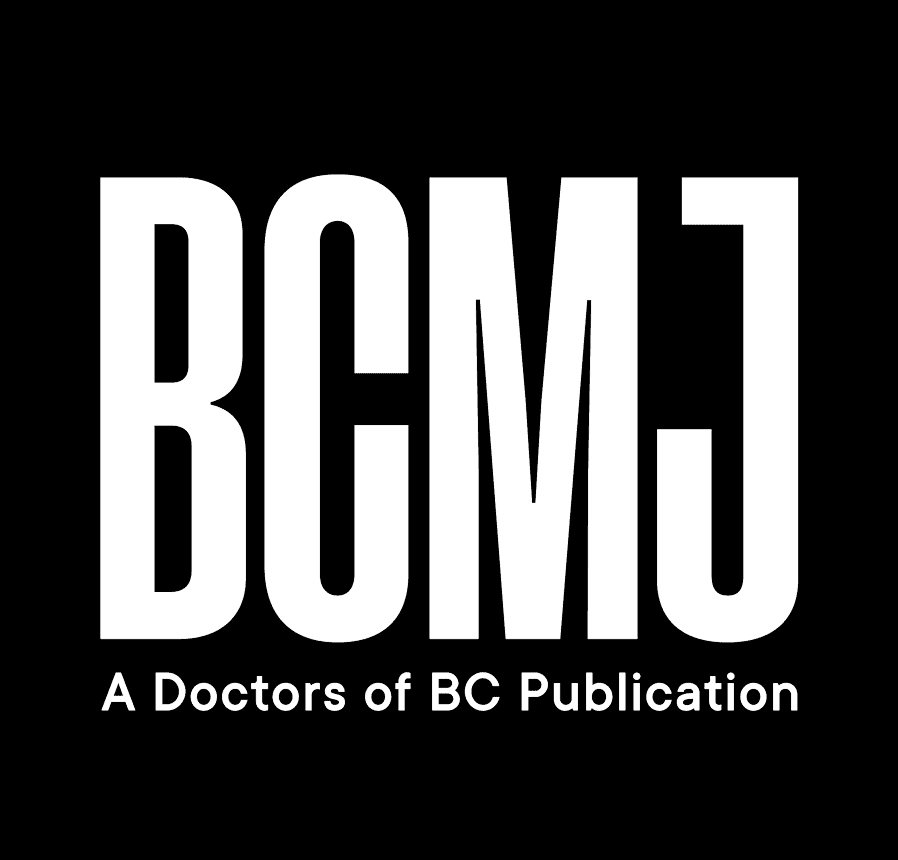HIV prevention strategy
A recent economic study found that increasing highly active antiretroviral therapy (HAART) treatment for people with HIV/AIDS will provide significant cost savings over a relatively short period of time and help to prevent HIV transmission.
The analysis demonstrated that increasing HAART treatment coverage from the current estimated 50% to 75% of all clinically eligible British Columbians (HIV-infected individuals with CD4 cell counts below 350 cells/ul) would deliver a net benefit of US $900 million over 30 years.
The analysis of HAART coverage in British Columbia, published recently in AIDS, the official journal of the International AIDS Society, is the first comprehensive economic evaluation of the net benefit of HAART in the province.
HAART lowers viral load, stopping HIV from progressing to AIDS in individuals and helping to prevent HIV transmission. The study’s key finding shows that while expanding HAART use is cost-effective for individual patients, the benefits increase when HAART’s ability to prevent HIV transmission is considered.
The BC government recently invested in a $48 million, 4-year pilot project—the Seek and Treat program—in Prince George and Vancouver’s Downtown Eastside to extend HAART treatment to all people in medical need living with HIV.
The program will improve access to HIV/AIDS treatment and care among hard-to-reach populations. The Seek and Treat program is currently being evaluated as part of the BC Centre for Excellence in HIV/AIDS research program, Seek and Treat for the Optimal Prevention of HIV/AIDS (STOP HIV/AIDS).
A full copy of the study is available at www.cfenet.ubc.ca/our-work/initiatives/seek-and-treat.
